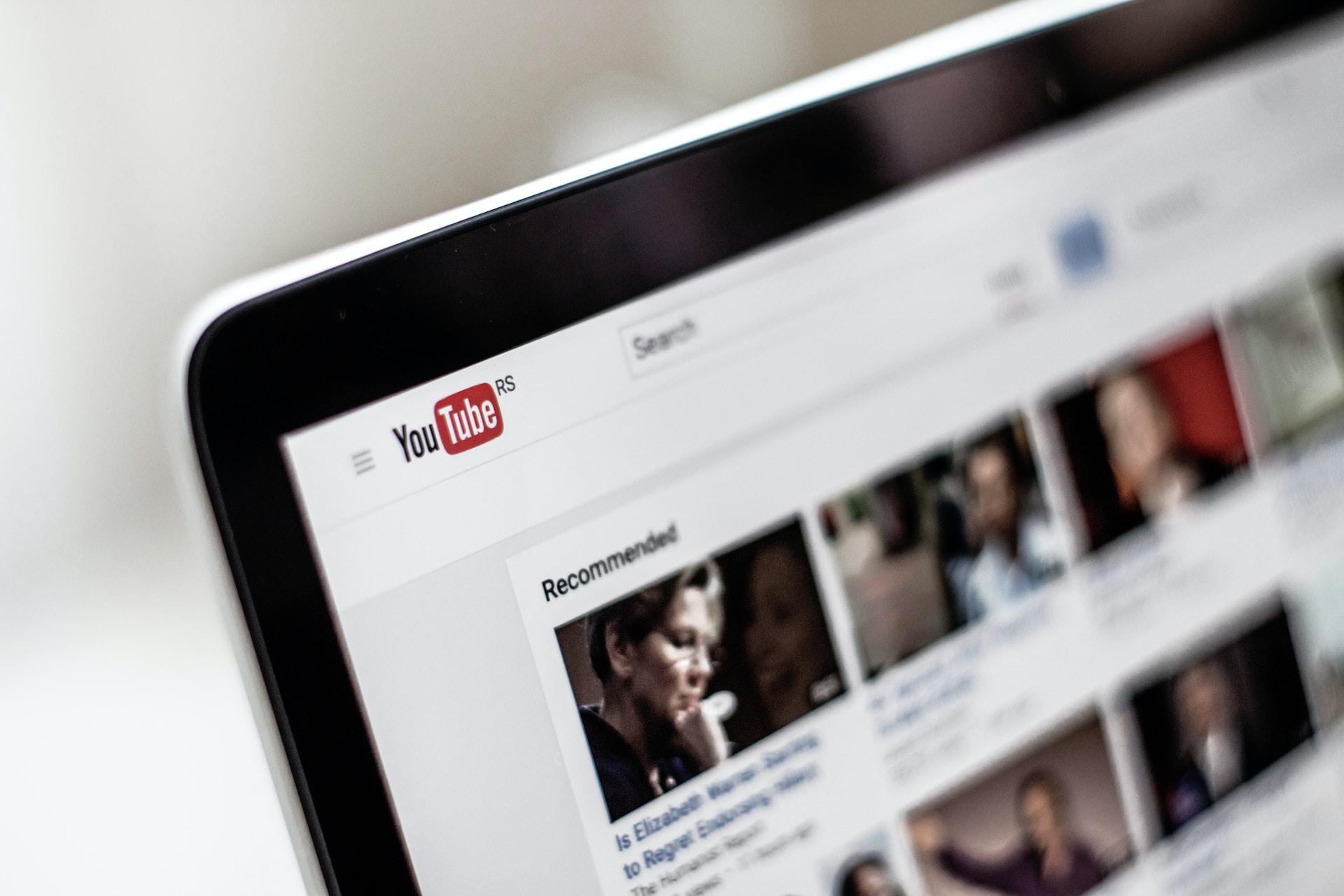Live, streaming video has seen a huge surge in popularity since it took the digital world by storm around 2015-2016. More audiences are engaging with live video than ever before on various platforms. Streaming subscription services have seen more success than many subscription models for other content products, and some industries are leading the live video revolution more than others.
In this report, we take a look at the state of live video today, the strongest established and emerging trends, and where the technology appears to be headed next.
Consumption Statistics
For many consumers, live streaming video is already a constant. Nearly half of U.S. internet users surveyed in June 2017 by the consulting firm Magid said that they watch live streaming video at least once a week, and nearly one-quarter said they do so daily.
According to the Interactive Advertising Bureau, 47% of live streaming video viewers worldwide streamed more in 2018 than they did the year before, with 44% reporting that they watch less live TV as a result of live streaming capabilities. More than half of these viewers watch live streaming video on a social platform, with the top three viewing platforms being Facebook Live, YouTube Live and Instagram.
Here are a few other important live video consumption stats:
- The average time spent for video on mobile is 3.5 for livestreams and 2.8 minutes for VOD.
- The average time spent for video on tablets is 7.1 minutes for livestreaming versus 4.1 minutes for VOD.
- The average time spent for video on desktop is 34.5 minutes for livestreaming versus 2.6 minutes for VOD.
- User-generated short clips accounted for 51% of live video content streamed to smartphones as of 2015.
- Millennials are more likely to consume live content on a smartphone (56%) or tablet (44%).
Social Video
When it comes to social media, the share is the golden goal for publishers. When it comes to video in general, social video generates 1200% more shares than text and images combined. A staggering 92% of mobile video watchers share videos with others.
Engaging Live Video Content
Video content from a known and trusted brand is very appealing to audiences. Eighty percent of people would rather watch a live video from a brand than read a blog or social posts. Forrester Research sums up the power of video for engagement: one minute of video is equal to 1.8 million words to your audience.
When it comes to which type of content grabs viewers the most, it’s breaking news with 56% of the most-watched live content. The second most-watched type of content is conferences and speakers (43%), especially those tied with concerts, events and festivals. And publishers can’t underestimate the huge draw of VIP or “behind the scenes” access to audiences — 87% would watch the event online instead of on television if it meant they would have access to more behind the scenes content.
Purchasing Power
The revenue impact from live video cannot be ignored. Take that second-most-popular live streaming category of events/speakers — two-thirds of live video viewers are more likely to buy a ticket to a concert or event after watching a live video of that event or a similar one, according to research done by Livestream.com. Nearly half say they would pay for live, exclusive on-demand video from a favorite speaker, performer or sports team.
In general, video boosts sales, as well as recognition of a brand. 64% of consumers make a purchase after watching a branded social video. Among the 18-34-year-old demographic, video enjoyment increased purchase intent by 97% and brand association by 139%. Half of the group would stop whatever they’re doing to watch a new video by their favorite YouTube creator, according to Google.
Universities, Organizations and Associations
Live video is a significant means of education, entertainment and keeping in touch for a variety of large organizations. The University of Dartmouth reports that 86% of colleges and universities have a presence on YouTube, which is ground zero in many ways for streaming video (more than 11 times bigger than Facebook in terms of hours viewed). More than 500 million hours of videos are watched on YouTube each day, and the company’s mobile video consumption has risen an astounding 100% every year.
Case Study: TigerFitness
The online health retailer sells nutritional supplements, complemented by a wealth of free fitness and workout content. With a significant return customer rate of 60% — almost unheard-of in the industry — TigerFitness used video to differentiate their brand, engage customers and increase personalization.
The company created a YouTube channel that is now one of the top fitness channels on the platform, and a newly launched TigerFitness video can reach a million people. The team also spends marketing resources on video and other content to use across the website and social media like Facebook as well as YouTube.
“Nowadays, you have to provide content,” said CEO Marc Lobliner. “You have to give people a reason. A reason to come back. A reason to shop. And you have to earn their business. It’s a very competitive landscape.”
Quality is Key
With these impressive numbers and power of engagement offered by streaming video, it’s a field ripe for digital publishers — when done right. Not surprisingly, the single most important factor is the video quality. Two-thirds of viewers say that this is the essential thing that they expect when tuning into a livestream broadcast. For Facebook Live viewers, a whopping 90% think video quality is the most important aspect.
Getting the Timing Right
Like with written content, length matters. Videos up to two minutes long hold viewers’ attention, after which time there’s a drop-off. Many videos in that one-to-two minute long sweet spot are explainer videos, which tell about a product or service and helps consumers understand the company better.
The “no-go” zone where you don’t want to be is between two to six minutes long. Attention span and time spent on videos picks back up again for those that are between six and 12 minutes long.
Of course, this timing is for video in general. The rules change a little when it comes to live, streaming videos which are often sporting games, events, television shows, movies and the like. With this type of watching, viewers will often spend up to several hours watching their favorite team play or binge-watching a favorite show.
For social videos, the rules are a bit different. Here’s the breakdown by platform:
- Facebook: There is no minimum time for the length of a Facebook Live video, but it’s best if your stream is at least 10-15 minutes long. Facebook itself states that longer broadcasts attract more viewers, as more people have a chance to learn about the broadcast and tell their friends. Engagement on Facebook Live Streams keeps increasing until about the 15 minute mark, then remains fairly stable through the maximum length of four hours.
- Instagram: The ideal length is under 30 seconds for a regular video post and 15 seconds for a Story. For IG Live, it can go up to one hour.
- YouTube: The average length of the top 100 most watched videos on the platform is between five and seven minutes.
Video Ad Spend
In the United States, digital video ad spending is just over $36 billion for 2019, of which $29.24 billion is spent on programmatic video. This accounts for nearly half of all programmatic display spend in the U.S. The amount of digital video ad spend committed in advance is predicted to grow 19.6% to $4.39 billion by the end of 2019.
For more than eight out of 10 publishers, video is a key part of their strategy. 83% say that video gives them a good ROI, with 81% seeing an increase in sales from video.
Content from our partners
It’s important for video ads to be presented in an engaging way that looks and feels like a story, not an advertisement. Viewers prefer accessible, friendly, informal chatter to professional announcers — backed up by the fact that eight out of ten of them mute the sound when a video ad plays.
New Players
Several new companies have announced new live streaming video services recently. The Walt Disney Co. took full operational control of Hulu in May, and is launching its own streaming subscription service, Disney+. The company has also expanded streaming content for ESPN+.
NBCUniversal and WarnerMedia have also recently shared details about upcoming streaming services; between those two companies and Disney, a collective $26.5 billion was earned through content licensing in 2018. Apple has likewise announced new streaming services, and Amazon is asking advertisers to commit budgets to new streaming channels.
Conclusion
It’s hard to find a form of marketing that is more captivating than video. Video is clearly outperforming many other delivery methods for digital publishers, with growth and opportunity surging daily. The format is one that publishers should continue to invest and innovate in, not only for subscriptions and sales, but also to increase brand awareness.
As brands compete for eyeballs in the newsfeed, live is a key differentiator. Social Media Examiner says 50% of marketers plan to use live video this year. However, not all marketers are confident about doing so; the same percentage want to learn more about live video, and two-thirds of marketers believe that video is the most difficult content to create.
The key takeaways from the current trends and statistics in this report underscore the importance of video as a digital marketing tool, and the growing opportunities presented by livestreaming video.












